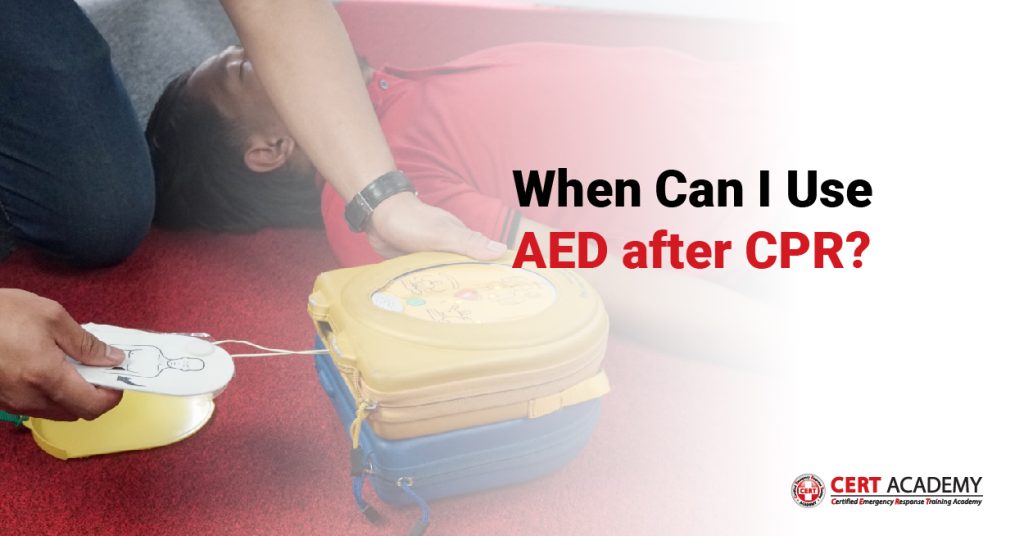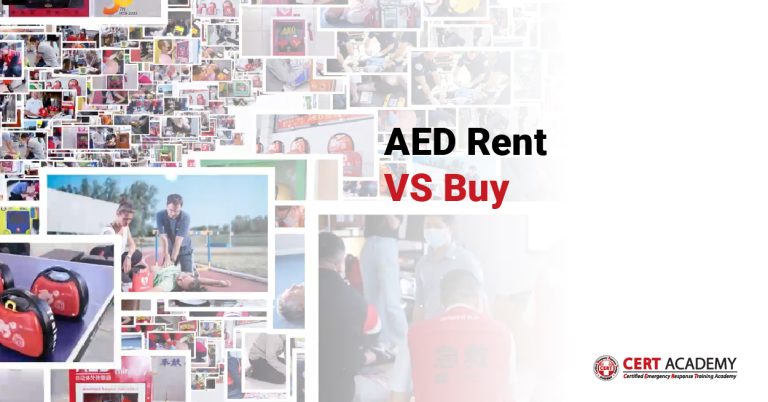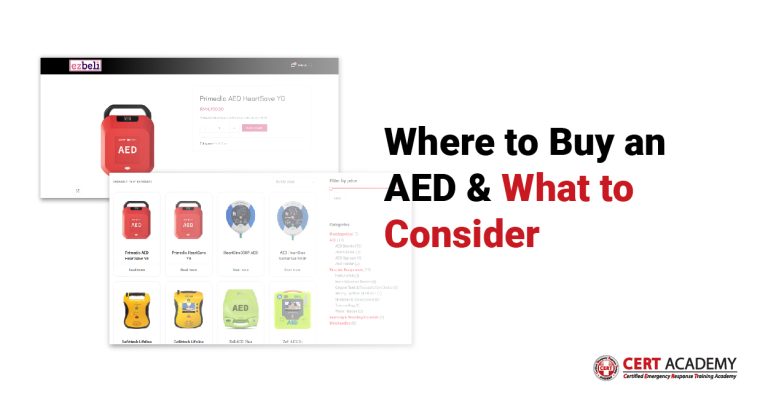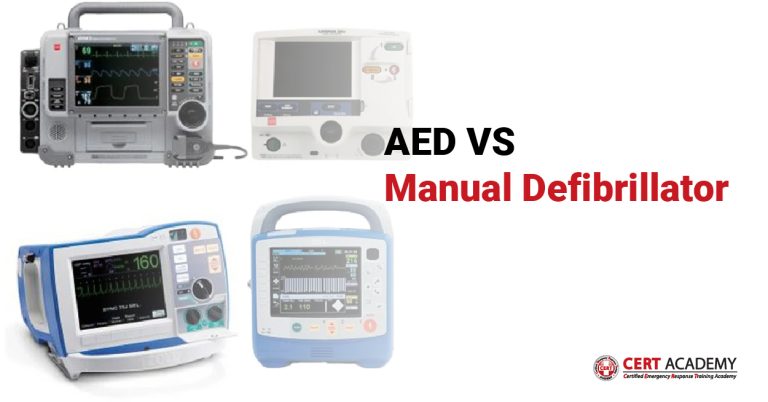Call Us +603-8066 8665
When can I use AED after CPR?
Automated External Defibrillators (AEDs) are devices that deliver an electric shock to the heart to restore its normal rhythm during sudden cardiac arrest. CPR (Cardiopulmonary Resuscitation) is often performed before the use of an AED to provide chest compressions and rescue breaths to circulate blood and oxygen throughout the body.

There’s a general guideline for using an AED after CPR:
- Start CPR: If someone collapses and is unresponsive, first start CPR by giving chest compressions. The American Heart Association (AHA) recommends beginning CPR with chest compressions at a rate of at least 100-120 compressions per minute.
- Activate Emergency Medical Services (EMS): While performing CPR, someone should call for emergency medical help. This is a crucial step to ensure professional medical assistance is on the way.
- Attach AED: As soon as an AED becomes available, it should be brought to the person’s side. AEDs are designed to be user-friendly, and most models provide clear, step-by-step instructions. Turn on the AED and follow the prompts.
- Continue CPR as Directed: The AED will often analyze the person’s heart rhythm and instruct you on whether a shock is needed. If a shock is advised, make sure no one is touching the person, and then deliver the shock as directed. After the shock, resume CPR according to the AED’s instructions.
- Repeat as Necessary: Continue to follow the prompts of the AED and provide CPR as directed until emergency medical personnel arrive or until the person shows signs of life.
Remember, the earlier an AED is used in conjunction with CPR, the better the chances of survival for someone experiencing sudden cardiac arrest. AEDs are designed to be used by laypersons and provide clear, audible instructions to guide users through the process.
Always follow the specific instructions provided by the AED you are using, as models may vary slightly in their operation. Additionally, seek formal CPR and AED training to ensure you are prepared to respond effectively in an emergency.



